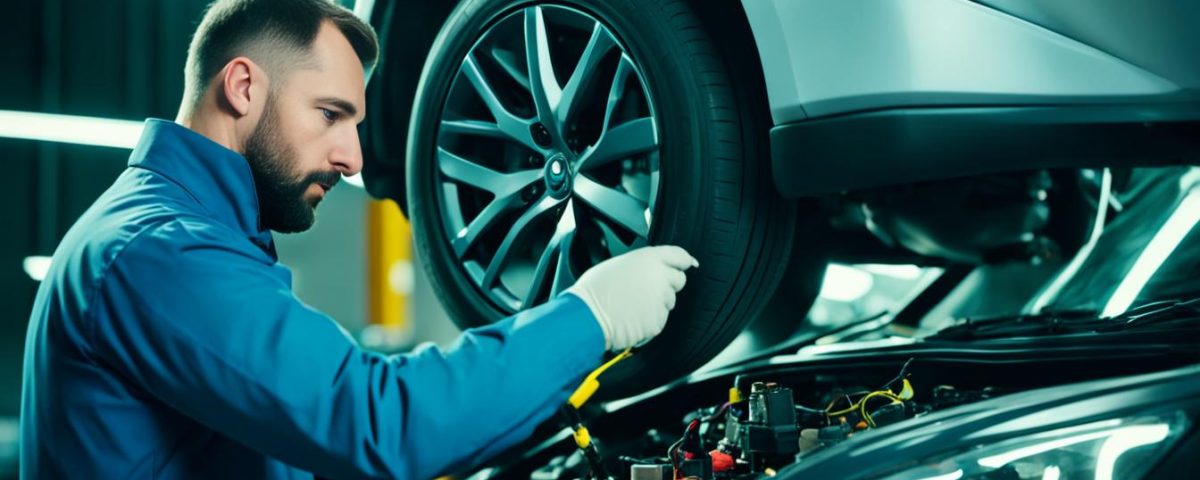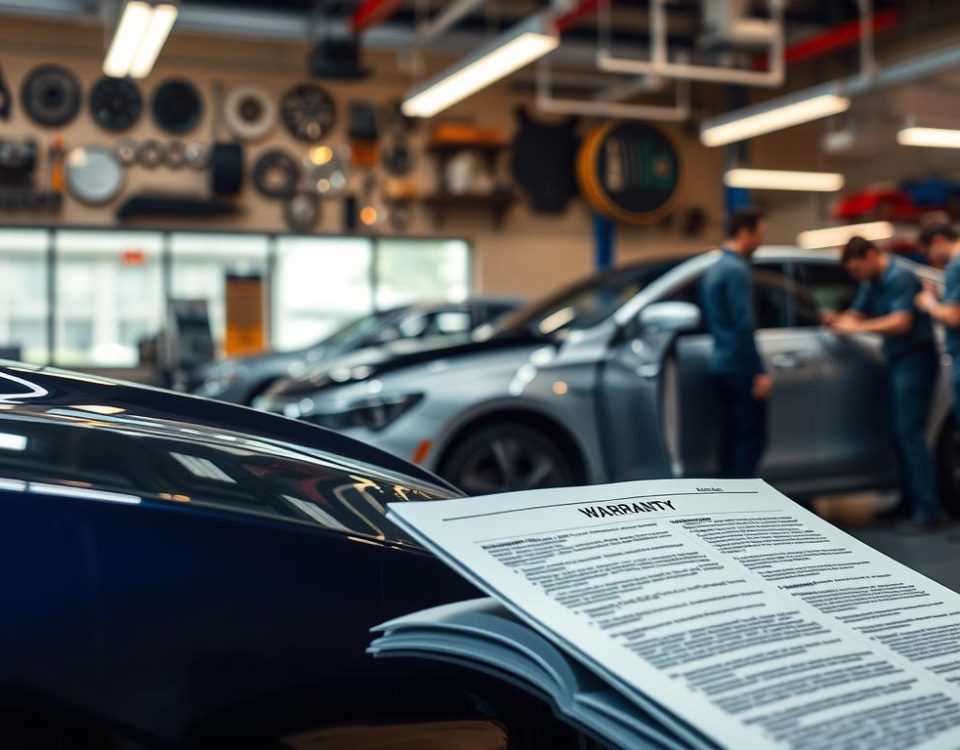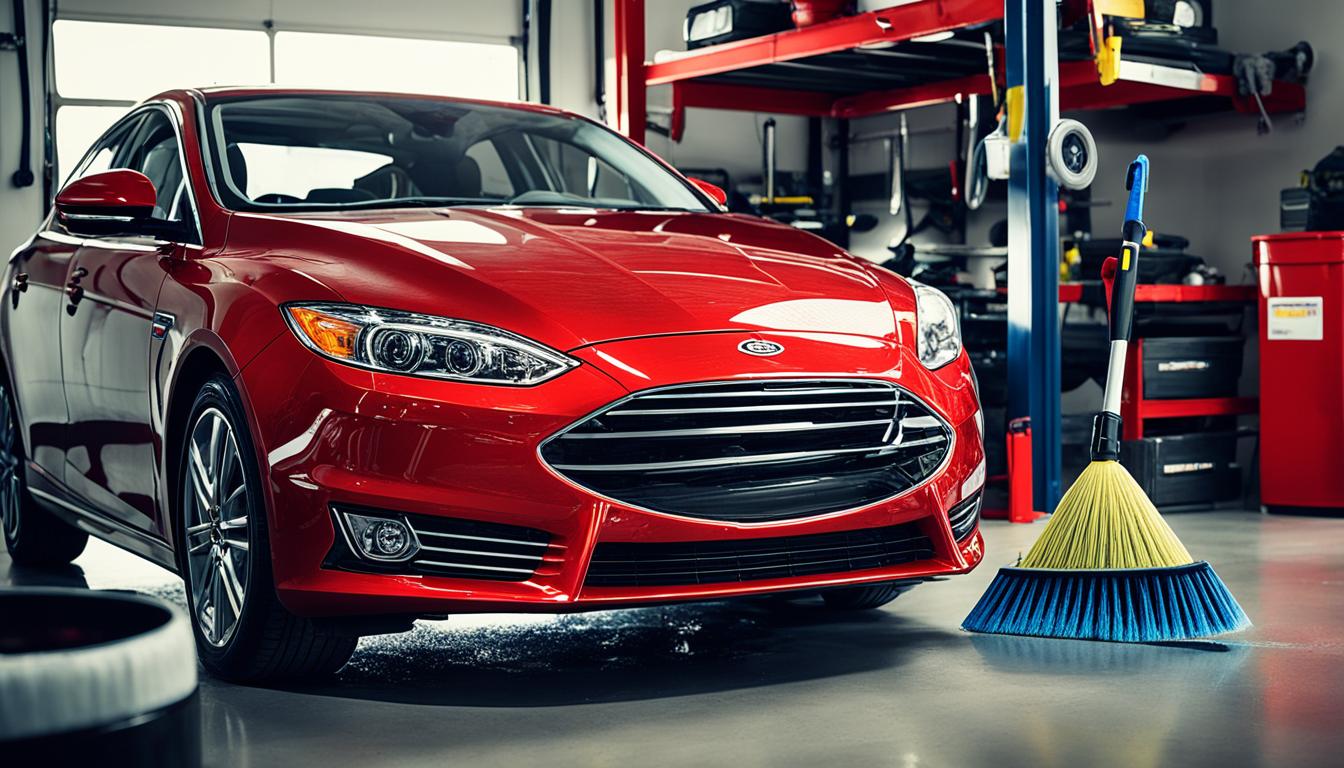
Essential Post-Repair Care Tips for Your Vehicle
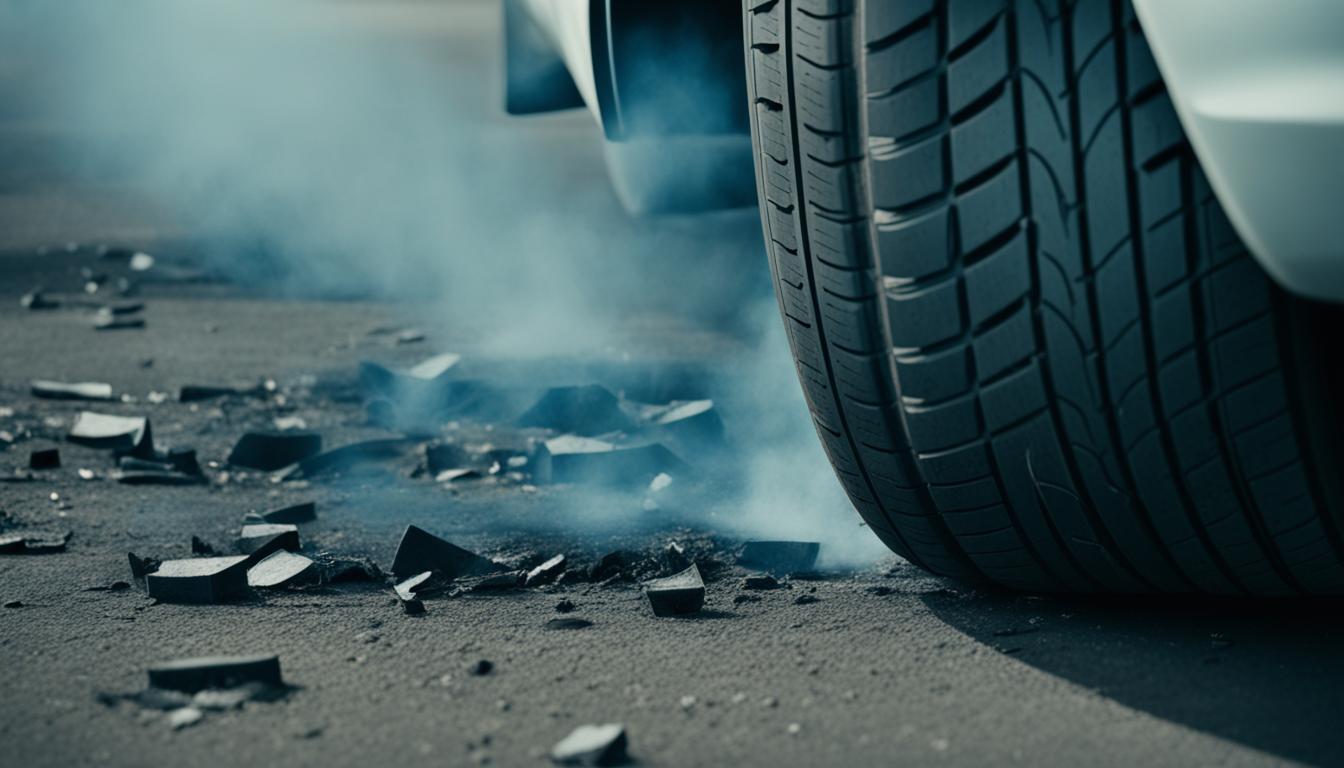
How to Identify and Repair Tire Damage After an Accident
In today’s automotive landscape, vehicles are equipped with an array of advanced safety features designed to protect passengers in the event of a collision. These include airbags, seatbelts, shatter-resistant glass, lane departure warning systems, blind spot detection, and automatic emergency braking. However, when a vehicle is involved in an accident, these critical safety systems can become damaged and require expert repair and recalibration to function properly. Proper restoration of these modern safety features is crucial for ensuring the vehicle’s occupants are safeguarded in the event of future collisions.
Repairing and restoring these complex safety systems requires specialized knowledge, tools, and procedures to ensure they operate as intended. Failure to properly address any damage or malfunctions can compromise the overall safety of the vehicle, putting its passengers at risk. In this article, we will explore the importance of proper repair and recalibration of modern safety features, the challenges faced in front-end collision repair, and the essential role of Original Equipment Manufacturer (OEM) repair information in ensuring the safety and reliability of the vehicle.
Key Takeaways
- Modern vehicles are equipped with advanced safety features designed to protect passengers in collisions.
- When a vehicle is involved in an accident, these safety systems can become damaged and require expert repair and recalibration.
- Proper restoration of modern safety features is crucial for ensuring the vehicle’s occupants are safeguarded in future accidents.
- Repairing and restoring complex safety systems requires specialized knowledge, tools, and procedures.
- Failure to properly address any damage or malfunctions can compromise the overall safety of the vehicle.
Introduction to Modern Car Safety Features
Today’s vehicles are equipped with a wide array of advanced safety features designed to protect occupants in the event of a collision. These cutting-edge systems work in tandem to enhance the overall safety and security of modern automobiles.
Key Safety Features and Their Functions
One of the most vital safety features is the airbag system, which rapidly inflates to cushion the impact and prevent passengers from striking the vehicle’s interior. Seatbelts, on the other hand, work in harmony with airbags to restrain occupants and prevent them from being ejected during a crash.
Adaptive lighting is another remarkable feature, adjusting the brightness and direction of the headlights to improve visibility in varying conditions. Lane keeping assist and lane departure warning systems use sensors to detect when a vehicle is drifting out of its lane, providing gentle steering corrections or alerts to the driver.
Blind spot detection, utilizing radar or cameras, monitors the vehicle’s blind spots and warns the driver of nearby vehicles. Shatter-resistant glass is designed to prevent the windshield from shattering into sharp pieces during a collision. Automatic braking systems can detect an impending collision and apply the brakes to mitigate the impact or avoid the accident entirely.
These advanced modern car safety features, such as airbags, seatbelts, adaptive lighting, lane keeping assist, blind spot detection, shatter-resistant glass, and automatic braking, work together to create a comprehensive safety system, enhancing the overall protection of drivers and passengers.
The Importance of Proper Repair and Recalibration
When a vehicle is involved in a collision, the advanced safety features can become damaged or misaligned, compromising their ability to function as intended. Proper repair and recalibration of these systems is crucial to ensure the vehicle’s occupants are protected in the event of future accidents. Failure to properly repair and recalibrate safety features such as ADASsensors, cameras, and alignment can result in the system malfunctioning or not activating when needed, potentially leading to more severe injuries in a subsequent collision.
Collision repair facilities must have the necessary expertise, equipment, and access to OEM repair information to accurately diagnose, repair, and recalibrate these complex safety systems. Neglecting proper repair and recalibration can have serious consequences, compromising the effectiveness of a vehicle’s safety features, collision repair procedures, and ADAS systems.
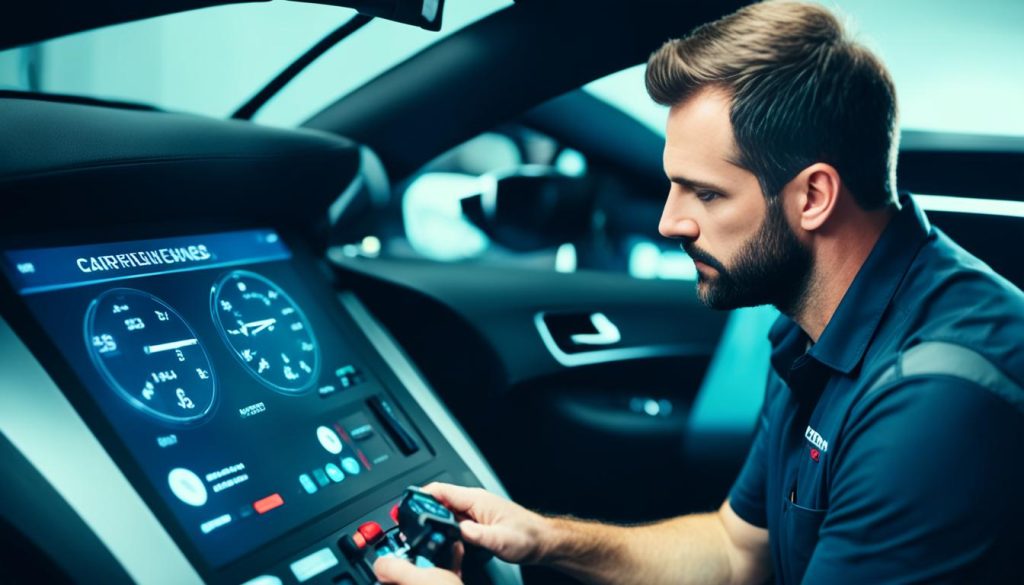
To ensure the safety of drivers and passengers, it is crucial that collision repair professionals follow proper repair and recalibration protocols. This not only restores the vehicle’s safety features to their original functionality but also helps maintain the overall integrity of the vehicle’s safety systems, providing peace of mind and protection in the event of future collisions.
Front-End Collision Repair Challenges
Repairing the front end of a vehicle after a collision has become increasingly complex. This is due to the integration of advanced driver assistance systems (ADAS) and the use of lightweight, high-strength materials in modern vehicle construction. ADAS components, such as sensors, cameras, and radars, are often embedded within the vehicle’s front-end systems, including the bumper, windshield, and other structural elements.
Advanced Driver Assistance Systems (ADAS)
Proper diagnosis, repair, and recalibration of ADAS systems are essential to ensure they function as intended and provide the expected level of safety. Collision repair technicians must have specialized knowledge and equipment to address these advanced technologies effectively.
Advanced Materials and Frame Construction
The use of advanced materials, including aluminum, high-strength steel, and composite plastics, requires specialized repair techniques and access to original equipment manufacturer (OEM) repair information. Restoring the vehicle’s structural integrity is crucial, as is addressing potential suspension and steering system damage. Additionally, the windshield, which often houses ADAS sensors, must be properly replaced and calibrated to maintain the system’s functionality.
Navigating the challenges of front-end collision repair requires a comprehensive understanding of the advanced technologies and materials used in modern vehicle construction. Collision repair professionals must stay up-to-date with the latest industry developments and have access to the necessary tools and OEM information to ensure the safe and effective restoration of vehicles after a collision.
Safety Features Repair
When a vehicle is involved in a collision, repairing the modern safety features is a critical aspect of ensuring the occupants’ protection in future accidents. This process involves diagnosing and repairing any damage to the Advanced Driver Assistance Systems (ADAS) components, such as sensors, cameras, and radars, as well as ensuring the proper functioning of airbags, seatbelts, and other passive safety systems.
Collision repair technicians must have access to the latest Original Equipment Manufacturer (OEM) repair information and specialized tools to accurately assess the extent of the damage and perform the necessary repairs and recalibrations. Failure to properly restore these safety features can compromise the vehicle’s ability to protect its occupants, potentially leading to more severe injuries in a subsequent collision.
- Diagnosing and Repairing ADAS Components
- Sensors
- Cameras
- Radars
- Ensuring the Proper Functioning of Passive Safety Systems
- Airbags
- Seatbelts
- Accessing OEM Repair Information and Specialized Tools
- Importance of Accurate Repair and Recalibration
By properly restoring the vehicle’s safety features after a collision, collision repair technicians can help ensure the occupants are protected in the event of future accidents, ultimately contributing to the overall safety of the vehicle and its passengers.
The Role of OEM Repair Information
Accessing the latest OEM (original equipment manufacturer) repair information is essential for collision repair facilities to effectively restore modern vehicle safety features after a collision. This information provides detailed procedures, specifications, and diagnostics for repairing ADAS components, working with advanced materials like aluminum and high-strength steel, and ensuring proper recalibration of safety systems.
Without this OEM-specific guidance, collision repair technicians may struggle to accurately diagnose and address the full extent of the damage, potentially compromising the vehicle’s safety features and putting the occupants at risk in future accidents. Utilizing comprehensive OEM repair information is a critical step in the collision repair process to ensure the vehicle is returned to pre-accident condition and its advanced safety systems are functioning as intended.
The importance of OEM repair information cannot be overstated when it comes to maintaining the integrity of a vehicle’s frame construction and OEM repair information is a crucial resource for collision repair facilities to provide the highest level of service and safety to their customers.
By accessing and following the OEM’s guidance, collision repair technicians can ensure that the vehicle’s safety features, including ADAS systems, are properly restored, and the vehicle is returned to its pre-accident condition, ready to provide the same level of protection in the event of a future collision.
Choosing the Right Collision Repair Facility
When seeking a collision repair facility to restore a vehicle’s modern safety features after an accident, it is crucial to choose a provider with the necessary expertise, equipment, and commitment to quality assurance. At our collision repair facility, we understand the importance of these factors in ensuring the safe and effective restoration of your vehicle.
Expertise and Equipment
Our collision repair technicians are highly trained and have specialized knowledge in diagnosing, repairing, and recalibrating advanced safety systems, such as ADAS components and lightweight, high-strength materials. We stay up-to-date with the latest OEM repair information to ensure we can accurately address the unique challenges of your vehicle.
Our facility is equipped with the latest tools and equipment necessary to handle these complex tasks, including specialized diagnostic software and calibration tools. We invest in the best resources to provide a comprehensive and thorough repair process for your vehicle.
Quality Assurance and Customer Service
At our collision repair facility, we prioritize quality assurance measures to ensure the safety and functionality of your vehicle’s safety features are restored to their original condition. This includes thorough inspections and test drives to validate the proper operation of all systems.
We also believe in providing excellent customer service throughout the repair process. Our team will keep you informed every step of the way, and we are committed to ensuring your satisfaction with the final result. We understand that your safety is of the utmost importance, and we will work diligently to restore your vehicle to its pre-accident condition.
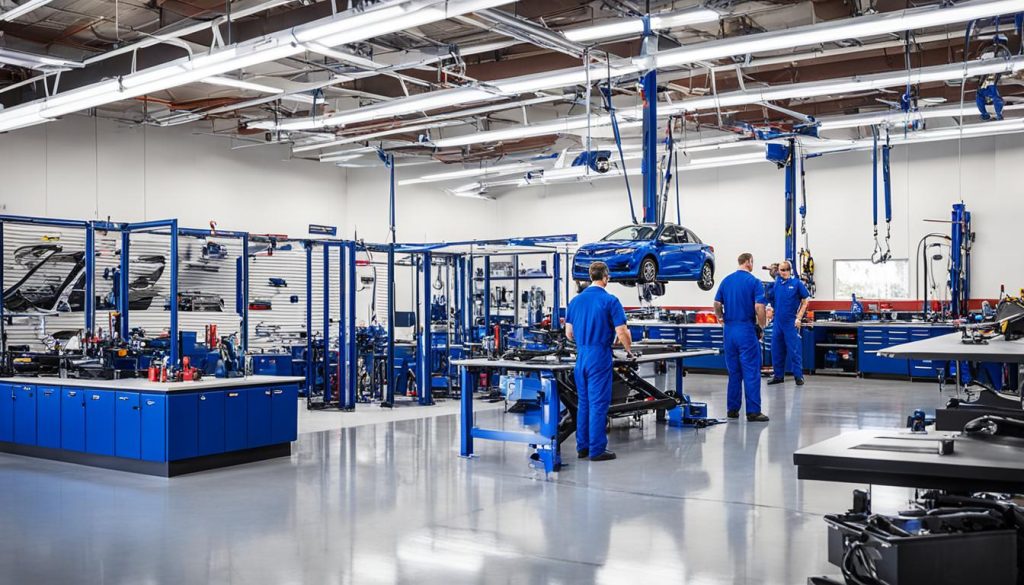
Conclusion
In conclusion, repairing modern safety features after a collision is a critical component of the collision repair process. Today’s vehicles are equipped with a wide array of advanced safety systems, including airbags, seatbelts, ADAS, and lightweight, high-strength materials, all of which are designed to protect occupants in the event of an accident. When a vehicle is involved in a collision, these safety features can become damaged or misaligned, compromising their ability to function as intended.
Proper repair and recalibration by a collision repair facility with the necessary expertise, equipment, and access to OEM repair information is essential to ensure the vehicle’s safety features are restored to their original condition and ready to protect its occupants in future accidents. By choosing a reputable collision repair provider that prioritizes quality, customer service, and the restoration of modern safety features, vehicle owners can have peace of mind knowing their car is safe to drive.
At the heart of this process lies the importance of prioritizing safety in the collision repair industry. By understanding the complex nature of modern vehicle safety systems, collision repair professionals can ensure that vehicles leave their facilities fully restored and ready to protect their occupants, ultimately contributing to the overall safety of our roads and communities.


